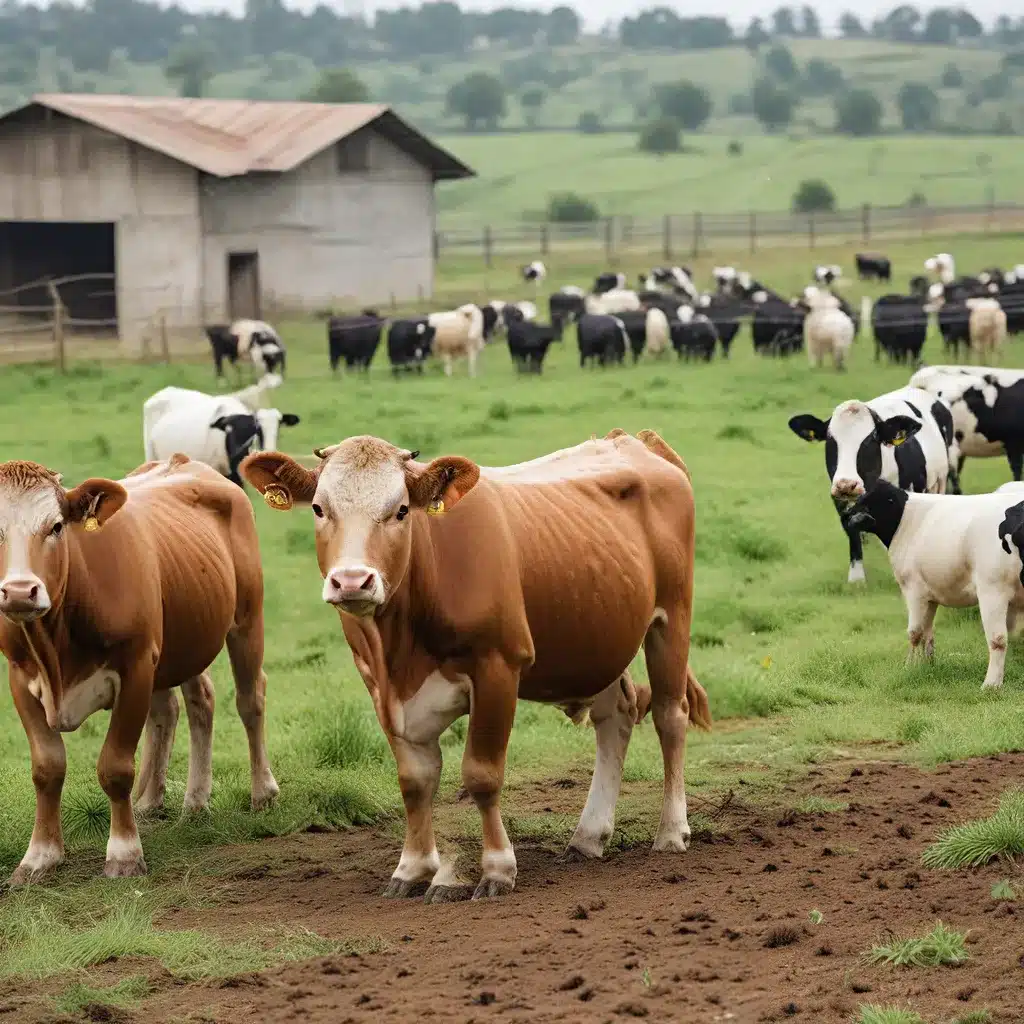
The Rise of Sensor Networks in Precision Livestock Farming
Sensor networks have emerged as a transformative technology in the field of precision livestock farming, revolutionizing the way we monitor and manage animal welfare. By strategically deploying a network of interconnected sensors across livestock facilities, farmers and researchers can now collect valuable data that was once out of reach. This data-driven approach to animal husbandry has the potential to significantly improve animal welfare, enhance farm productivity, and contribute to the sustainability of the livestock industry.
The integration of sensor networks in precision livestock farming is driven by the growing demand for higher-quality animal products, increased consumer awareness about animal welfare, and the need to optimize farm operations in the face of environmental and economic challenges. Sensor-enabled technologies can provide real-time insights into an animal’s health, behavior, and environmental conditions, allowing farmers to make informed decisions and proactively address any issues that may arise.
Monitoring Animal Welfare with Sensor Networks
At the heart of precision livestock farming lies the continuous monitoring of animal welfare. Sensor networks can be deployed to track a wide range of parameters, including animal activity, body temperature, feeding patterns, water consumption, and environmental factors such as temperature, humidity, and air quality. By analyzing this data, farmers and researchers can identify early warning signs of potential health issues, such as lameness, respiratory problems, or heat stress, and intervene before the situation escalates.
One of the key benefits of sensor networks in this context is their ability to capture data at a granular level, providing insights into individual animal behavior and health. This level of precision is crucial for early detection and targeted intervention, ultimately leading to improved animal welfare and reduced medical costs.
Optimizing Farm Operations with Sensor Data
Beyond animal welfare, sensor networks in precision livestock farming can also contribute to the optimization of farm operations. By collecting real-time data on resource consumption, such as feed, water, and energy, farmers can make informed decisions about resource allocation and improve efficiency. This can lead to cost savings, reduced environmental impact, and enhanced sustainability of the livestock operation.
Furthermore, sensor networks can assist in automated feeding systems, heat stress management, and environmental control, enabling farmers to automate certain tasks and reduce labor requirements. This, in turn, can lead to improved productivity and better working conditions for farm personnel.
Ensuring Sensor Network Security and Reliability
As with any technology-driven system, the security and reliability of sensor networks in precision livestock farming is of paramount importance. Cyberattacks, data breaches, and system failures can have devastating consequences for animal welfare, farm operations, and the integrity of the entire supply chain.
To address these concerns, the implementation of robust security protocols and redundant systems is crucial. Encryption, access control, and intrusion detection measures must be in place to safeguard the sensor network and the sensitive data it collects. Additionally, failover mechanisms and backup systems can ensure that the monitoring and control functions remain operational even in the event of a system disruption.
The Future of Sensor Networks in Precision Livestock Farming
As the capabilities of sensor technologies continue to evolve, the potential for sensor networks in precision livestock farming is poised to expand even further. Emerging technologies, such as machine learning and artificial intelligence, can be leveraged to automate decision-making, predict animal health issues, and optimize resource allocation with unprecedented accuracy.
Moreover, the integration of sensor networks with other smart farming technologies, such as unmanned aerial vehicles (UAVs) and autonomous vehicles, can create a holistic ecosystem for precision livestock management. This convergence of technologies can lead to enhanced data collection, improved real-time monitoring, and seamless coordination across all aspects of the farm operations.
As the livestock industry strives to meet the growing global demand for animal products, the adoption of sensor networks in precision livestock farming will play a crucial role in ensuring animal welfare, optimizing farm productivity, and promoting sustainable practices. By harnessing the power of sensor-enabled technologies, farmers and researchers can revolutionize the way we approach animal husbandry and pave the way for a more efficient, responsible, and compassionate livestock industry.
Conclusion
The integration of sensor networks in precision livestock farming has emerged as a transformative technology, empowering farmers and researchers to enhance animal welfare, optimize farm operations, and promote sustainability. By leveraging the real-time data collected by these interconnected sensor systems, the livestock industry can make informed decisions, automate key processes, and mitigate the risks associated with animal health and environmental challenges.
As the demand for animal-based products continues to grow, the adoption of sensor networks in precision livestock farming will be crucial in meeting this demand while upholding the highest standards of animal welfare and environmental responsibility. The future of the livestock industry is intrinsically linked to the advancements in sensor-based technologies, and the industry leaders who embrace this data-driven approach will be well-positioned to thrive in the years to come.
To explore the latest developments and applications of sensor networks in the livestock sector, visit sensor-networks.org, a leading resource for professionals, researchers, and enthusiasts in the field of sensor networks and IoT.